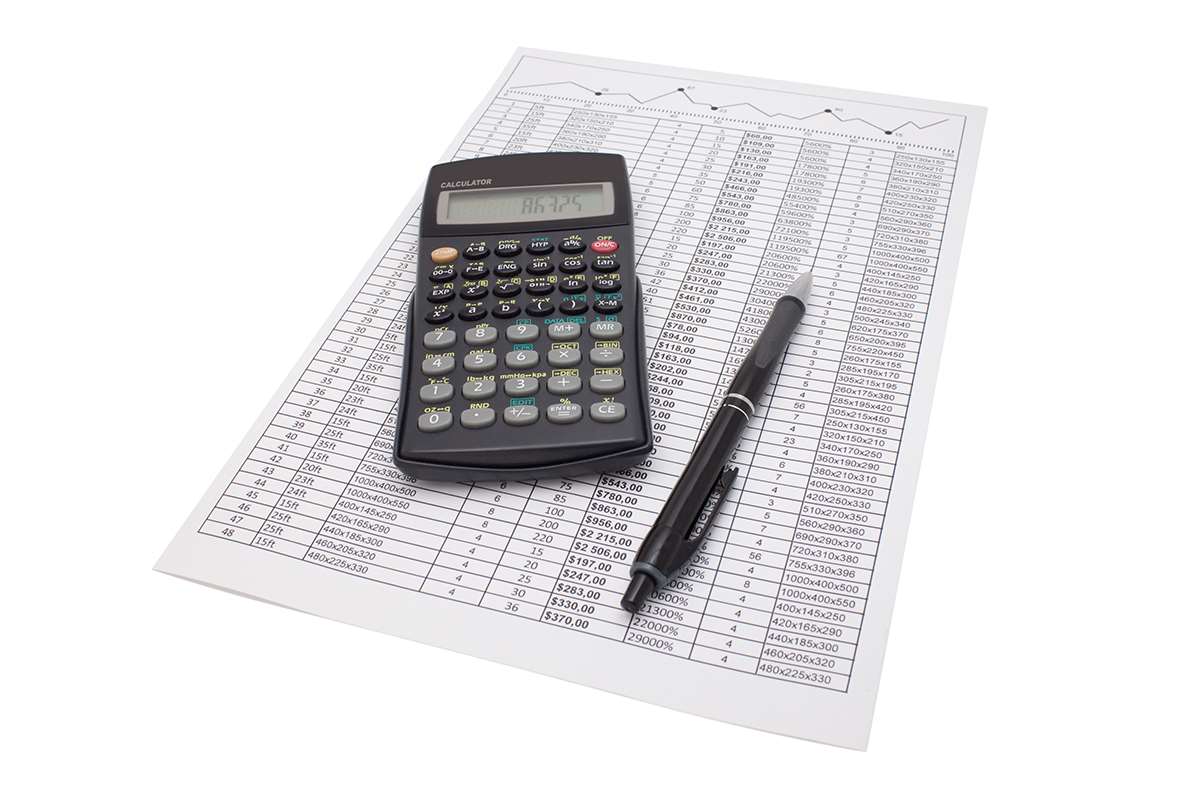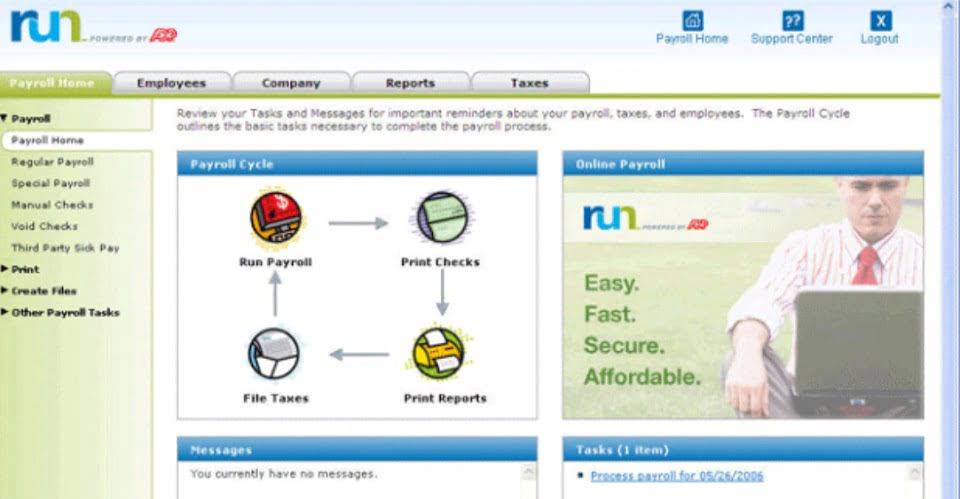The trial balance can https://www.bookstime.com/bookkeeping-services/irvine either be prepared using a worksheet format or generated directly from the general ledger. These are the purchases and sales that occur in daily activity for a business. Examples include sales, purchases, rent, utilities, advertising, et cetera. An example of double-entry accounting would be if a business took out a $10,000 loan and the loan was recorded in both the debit account and the credit account. The cash (asset) account would be debited by $10,000 and the debt (liability) account would be credited by $10,000.
Recording transactions properly is a necessity for all businesses
With double-entry accounting, when the good is purchased, it records which transactions are recorded in the accounting system? an increase in inventory and a decrease in assets. When the good is sold, it records a decrease in inventory and an increase in cash (assets). Double-entry accounting provides a holistic view of a company’s transactions and a clearer financial picture.
- The debit entry increases the asset balance and the credit entry increases the notes payable liability balance by the same amount.
- Each account has a separate page in the ledger, though in practice the records are likely to be computerized.
- A business transaction is an economic event that is recorded for accounting/bookkeeping purposes.
- Double entry accounting maintains balance by ensuring that the total debits equal the total credits for every transaction.
- The system’s advantages include enhanced accuracy and easier identification of errors in financial records.
Corporate Finance
- Central to the double-entry system is the idea that every financial transaction has an equal and opposite impact on at least two different accounts.
- It lets the organization keep track of how it is doing financially.
- In summary, double-entry accounting, with its foundations in assets, liabilities, debits, and credits, offers a robust and effective way to maintain accurate bookkeeping.
- The last way to look at accounting transactions is by reviewing the objective of the transaction itself.
- For information pertaining to the registration status of 11 Financial, please contact the state securities regulators for those states in which 11 Financial maintains a registration filing.
- A double entry journal entry is characterized by recording both a debit and a credit for each transaction, impacting at least two accounts.
- Finance Strategists has an advertising relationship with some of the companies included on this website.
For example, adjusting entries, such as depreciation, amortization, and payroll accruals, would all be posted as adjusting journal entries. You may also have additional entries, such as bank fees and interest earned, that will need to be posted before running financial statements. The entry above reduces the accounts payable balance and also reduces the cash balance. If you need to record this manually, it would be recorded in the cash disbursements journal.
What is your current financial priority?
Any transaction, no matter how small, will impact your business and needs to be properly accounted for. The first payroll transactions recorded should include gross wages as well as any payroll taxes that need to be paid. The following are the most common types of accounting transactions that you’ll need to enter for your small business.
- By employing a double-entry system, businesses and accountants can confidently manage their finances, ensuring a clear and accurate representation of their financial standing.
- Accounts receivable follows the same premise as accounts payable, only accounts receivable is used to record money that is owed to you by customers who are paying by credit.
- The general ledger is a collection of all the accounts of a business, compiled and organized into one place for a comprehensive view of the company’s finances.
- Payments received are recorded when your customers pay you for goods and services.
Recording accounting transactions
11 Financial’s website is limited to the dissemination of general information pertaining to its advisory services, together with access to additional investment-related information, publications, and links. Furniture costing $2,500 is purchased on credit from Fine Furniture. The above section of this article gave an example of a check for $5,000 to pay an insurance premium. The founding father of the double-entry system was a Franciscan monk called Luca Pacioli. He did not invent it, but in 1493 he wrote down the principles of the system used by himself and others.
Accounting Transactions: Definition, Types & Examples
It follows that the bookkeeping system must always balance, which is a big advantage. Some types of mistakes will cause the system to be out of balance; as a result, the bookkeeper will be alerted to a problem.
Nowadays, the double-entry system of accounting is used all over the world. This is because it is the only reliable system for recording business transactions. Double-entry accounting is the system of accounting in which each transaction has equal debit and credit effects. Another set of payroll transactions will also need to be entered when tax payments are remitted. If you’re using a manual bookkeeping or accounting system, you can record these entries directly into your general journal. This entry records your payment by debiting your utility expense account and crediting cash.
Therefore, if you buy a new factory or if you https://www.instagram.com/bookstime_inc buy some postage stamps, the appropriate accounts will be debited. The following show the two entries resulting from the payment of the insurance premium. This resulted in postings to the Insurance Account and the Bank Account. Each account has a separate page in the ledger, though in practice the records are likely to be computerized. Under the double-entry system, the ledger contains a number of accounts, perhaps just a few or perhaps many thousands.
These exchange-based transactions occur in one of three ways, all of which are listed below. External transactions have to do with money flowing to or from external parties. For example, if your company purchases supplies from another company, you’ve just done an external transaction. Money is being taken from your business and is being sent to an external entity.






